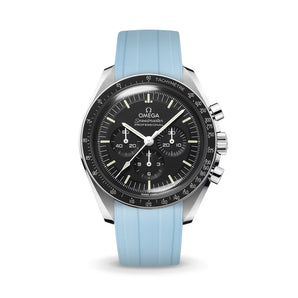Earlier this week, we started shipping out the PRX Rubber Straps, which was our first foray into rubber straps, after having been leather straps specialists for a long time. Initial reviews from customers that have pre-ordered the straps have been very positive!
However, not surprisingly, there have also been many comments on the pricing of these straps. Even though there are many other integrated FKM rubber straps (for Rolex, Tudor, Patek etc) on the market that are more expensive than our PRX rubber strap, many people have commented that our PRX straps are priced too high relative to the price of the watch. We know what the Tissot PRX represents to the watch community - a budget-friendly sports watches with integrated bracelet that's actually readily available, and it seems like we are going against that narrative, and going against our own brand values of "Fair Pricing".
I'm here to shed some perspectives and thoughts on the pricing - at the end of it, you will probably still not agree with how we chose to price these straps, but you can at least understand why.
For context, the PRX straps are currently available for $180 (edit: they are now priced at $145), although we had them available for pre-order at $150 / $165 (depending on which stage you got in on the pre-order). That people thought our straps were over-priced was not unexpected - with the quartz version of the PRX watch costing $375 and the automatic coming in at $650, the strap at $180 is a significant percentage of the price of the watch (48% and 28% for the Quartz and Automatic respectively).
As Evan (@YoureTerrific) puts it, there's two perspectives to take if you are a PRX owner. First, if you stretched your budget to purchase the PRX, as a budget friendly watch, the strap is a difficult purchase to rationalise. Alternatively, since you already got such a good deal on the watch, you can afford to spend more on a strap that transforms the watch.
But that's not the point of this post. I'm not here to justify why this purchase may or may not make sense for you. This post is to explain some of the perspectives on the costs and pricing decisions we make. (Warning: A little bit of economics may come in!)
What Goes Into the Cost of a Rubber Strap?
Most people will look at the rubber strap, compare it to the leather strap, and wonder why the rubber costs more when compared to the leather strap, especially given how much work is involved in crafting each leather strap. Comparing the two, the leather strap may seem comparatively cheap and even a bargain.
So why are rubber straps so expensive, given how "simple" they are when compared to a leather strap? That's because most of the work and cost in developing a rubber strap is taken upfront in the production. Rubber straps are made via an injection-molding process, which requires a mold for each specific size, and running of heavy machinery. This often comes with very large minimum order quantities (in the hundreds), in order to make it cost-efficient to produce the molds and run these machines.
Another reality is that every mold is specific to just one shape / design / size. If we wanted to make a rubber strap in 20-16 width, with 115/70 length, we would need one mold for that. If we wanted to have an additional shorter length (105/65), we would need another mold. If we wanted to make just one change to the design of the strap, it would mean creating a new mold entirely. With each mold costing thousands of dollars, this cost quickly adds up. This is also why many rubber straps on the market today have just one single size, meant to cater to all wrists sizes large and small (but often sub-optimising in the process).
In contrast, leather straps can be crafted individually, which results in a much lower upfront cost. Creating a single strap takes just hours from start to finish. Making straps in different sizes do not require a different mold, and do not require an MOQ of hundreds of straps.
The effect of this difference in production method means that there is a much higher upfront development cost (fixed costs) for rubber straps compared to leather straps. In order to develop a new rubber strap with different sizes, we have to invest tens of thousands of dollars, spend months in development, without ever seeing a final product. In contrast, developing a new leather strap can be done in as quickly as a day.
In terms of material (variable) cost, while rubber is cheaper compared to leather, high quality FKM rubber is also not as cheap as one would imagine, especially when producing custom colours that are not readily available, as that would require custom dyeing of big batches of rubber.
Integrated rubber straps, as compared to standard rubber straps, are also more costly to develop and produce due to the precise fit needed. At the development stage, it means that multiple prototypes are needed to ensure a precise fit with the case. At the production stage, cleaning up the loose bits of rubber from the strap that emerges from the mold, and fitting of double knob quick release spring bar, are extremely manual and labour intensive processes that add to the cost.
Sure, That's Your Cost. But Why Does That Have to Impact Pricing?
Given the high upfront (fixed) cost in developing rubber straps, even if the material (variable) cost is low, we would have to price the straps based on the expected sales quantity in order to defray all costs, and have enough profits for this endeavour to make sense to undertake. If we only expect to sell 200 straps, even if we have to produce 1000 straps because of minimum order requirements, we would have to price each strap to cover the cost in developing and producing all 1000 straps.
The big question then, and the one that is impossible to answer definitively before taking on any sales, is this: how many straps do we expect to sell?
With the PRX Rubber Strap, this problem of estimating sales is compounded because firstly, this is our very first rubber strap ever developed, and we have no idea how people would respond, and what to expect in terms of demand. Secondly, because the strap was made specifically for the PRX in 40mm, and it cannot fit any other watch, we don't expect to sell too many of the straps (as compared to regular / universal rubber straps that may fit many different watches).
Tissot themselves will likely release their own version of the rubber strap sometime in the future, and they will most probably price their straps much lower than we did. They can do that, because of the scale that they are making these watches and straps. We aren't operating at the same scale that Tissot is. While we hope that our PRX rubber strap can reach out to all PRX owners out there, the reality is that only a fraction of the market will ever know about our strap, and even smaller number will consider purchasing a 3rd party strap option over something from the OEM.
In order to ensure that the project is viable, and to give us confidence to move ahead with other rubber strap projects, we had to price the strap at the current levels that would allow us to defray our upfront cost given our estimated sales quantity.
The reason why more brands don't make specific integrated rubber straps for each watch model is really because based on all the factors above. With the high cost, and likely low level of sales, it is often not financially viable to produce the straps in the first place. We were none the wiser about the full process and costs when we first decided to make rubber straps for the PRX, otherwise we likely would not have started the project in the first place.
Why Not Lower Your Upfront Costs? Start Small, Scale Up If Needed?
3 molds, 2 sizes, 7 colours. Why not just release a first version of PRX strap based on the initial mold we made, in a single size and in just one colour? That would significantly lower the upfront cost, give us a sense of the demand, and allow us to decide whether to produce more colours / sizes.
Yes, we could have done that, and on hindsight that might have been the better option. But as this was our first ever rubber strap, we didn't want to release a half-baked product or launch (even if its just a first version / prototype). And we also wanted different colour options and sizes to ensure that we covered the gamut of different PRX watches out there, and different wrist sizes.
Taking a two-step release approach would also mean delaying the full launch, and we know just how much PRX owners have been wanting a rubber strap option on the market.
You're Running a Business. You Need to Take Some Risks and Absorb the Upfront Cost!
Yes, we could have taken on some risk by pricing the straps lower, and possibly not cover the upfront cost if we over-estimated the demand and the market didn't respond as we expected.
However, given that this was just our first rubber strap launch, there was a lot of uncertainty especially given the current market climate. Ultimately, we chose a lower-risk approach that allowed us to cover more of the cost upfront to reduce some of that risk.
While we continue to develop new products, it is important that we do so sustainably as a business, and not overstretch ourselves on the budget front by absorbing all the costs. We are in this for the long-haul - the PRX rubber strap isn't just some passion project that we undertake simply because we love the watch (although we do!) and can thus waive off the costs. Ultimately we have to ensure that each project we undertake is viable, so that we can continue taking on more projects in the future, and release more rubber straps for a wide range of models that the watch community will appreciate.
Will You Lower Prices in Future? How About the Pricing of Other Rubber Straps?
Beyond a certain point, when we have covered the upfront costs in developing these straps, we will likely reduce prices to make these straps more accessible to the watch community.
Through this launch, we also now have a better idea on the market demand and sentiments towards our rubber straps, and can better price subsequent rubber straps that we will be releasing. We will consider the same factors in deciding the price of future rubber straps - costs, demand, price of the watch.
We are also looking at different ways to reduce our upfront costs and passing on those savings to you, in terms of lower prices. For example, can we design a rubber strap that just requires a single mold, but can still cater to different lengths? Can we negotiate better terms with our production partners to reduce the cost or minimum order quantity?
You probably still won't agree with how we've decided to price the straps at launch. This post isn't mean to change your mind. It's meant to provide some of the considerations that we've had to make in deciding on the pricing.
Ultimately, we may not get all the decisions right, and over time it may show that our pricing decision was incorrect. We are still learning, and finding the right balance. With every release and every step that we take, it is a lesson for us to learn and to adjust for the future.
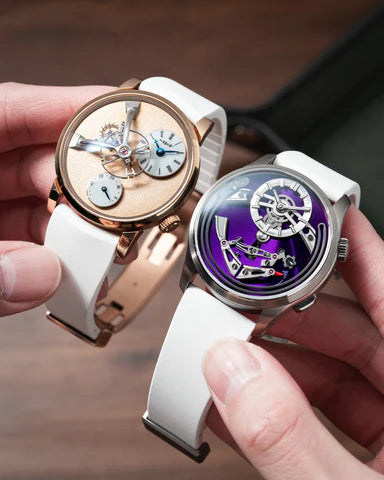

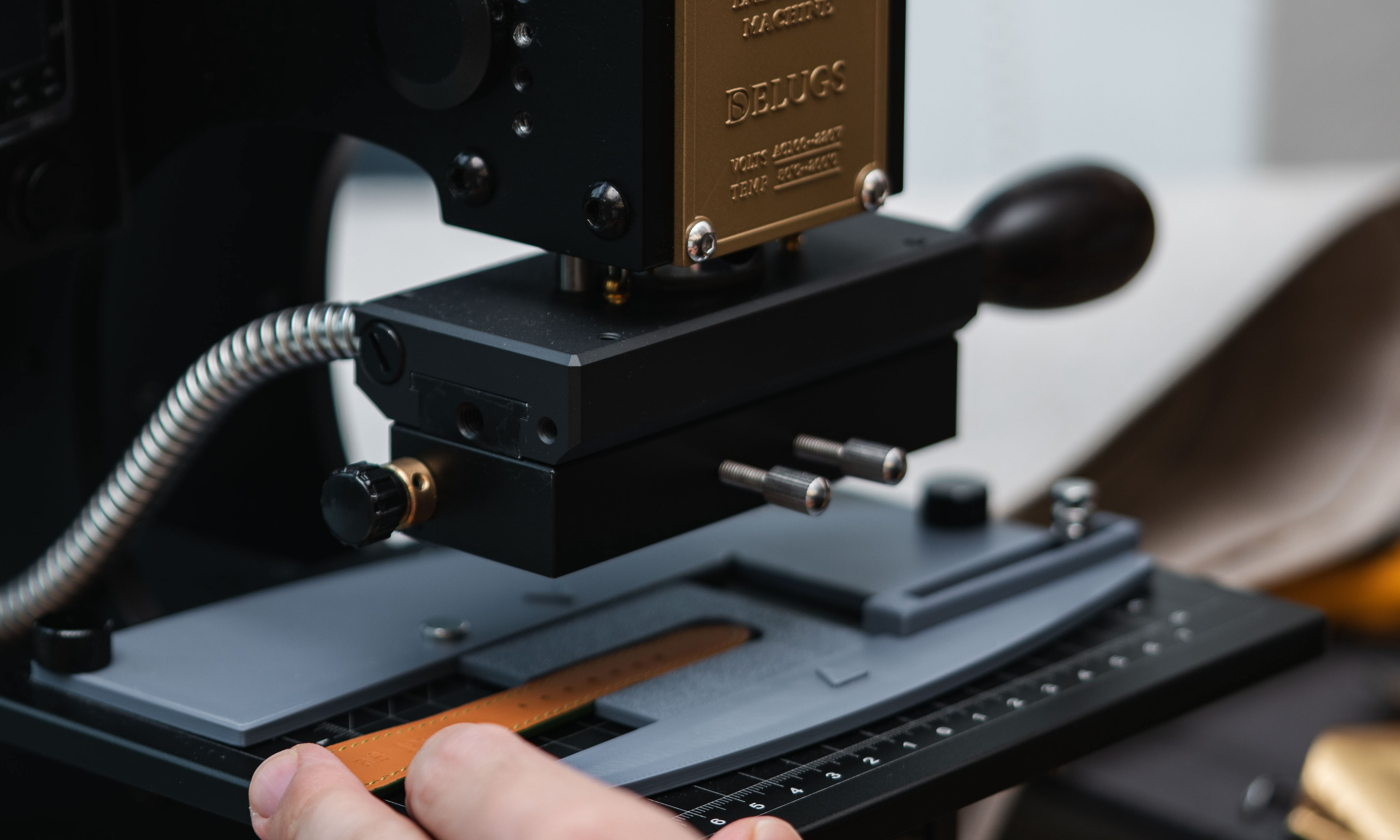



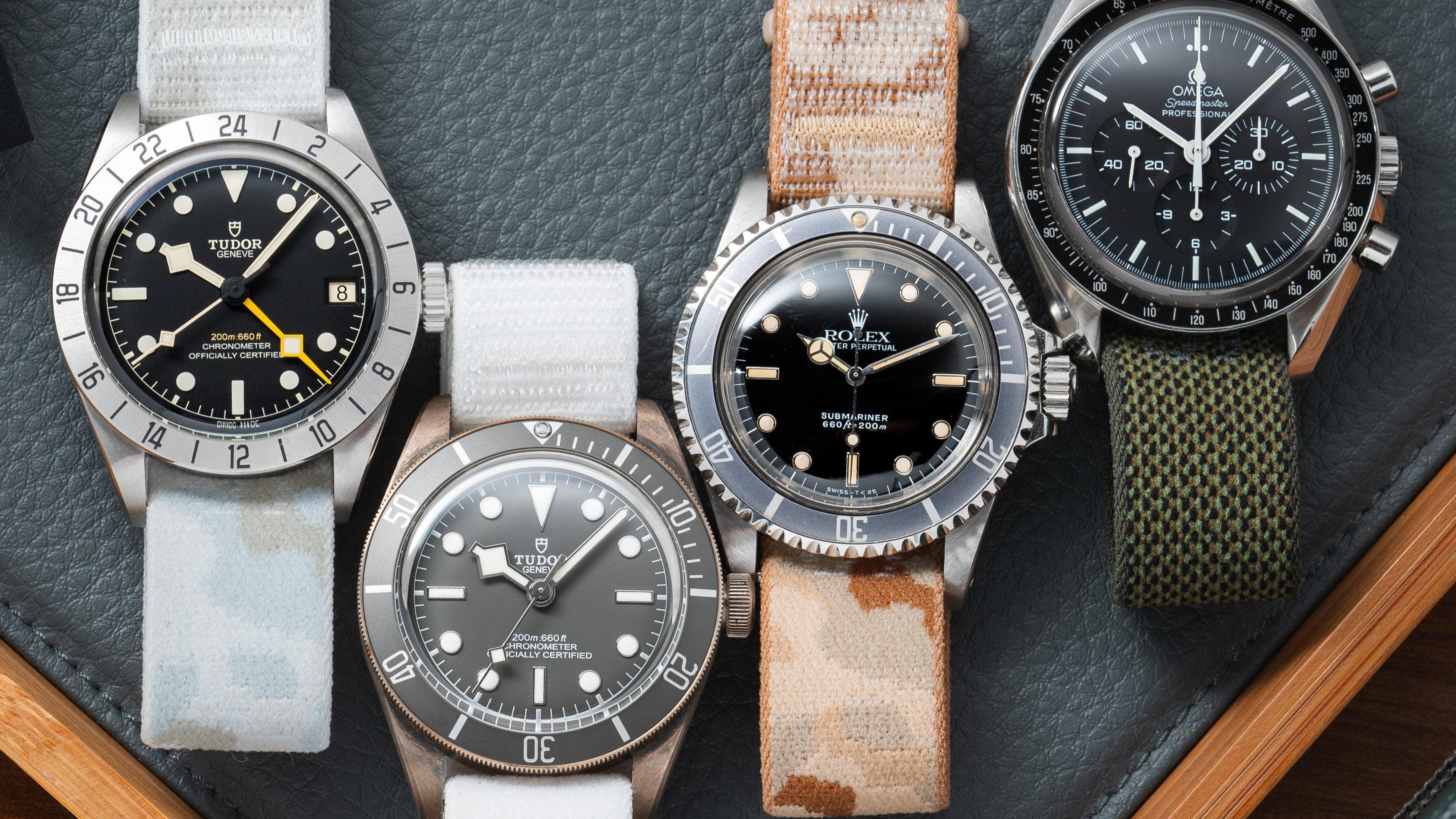
![Anthracite Hook Strap [kollokium x Delugs]](http://delugs.com/cdn/shop/files/20250919-A7405309_298x298_crop_center.jpg?v=1761299094)
![Anthracite Hook Strap [kollokium x Delugs]](http://delugs.com/cdn/shop/files/Kollokium_straps_Anthracite_1_298x298_crop_center.jpg?v=1761299094)
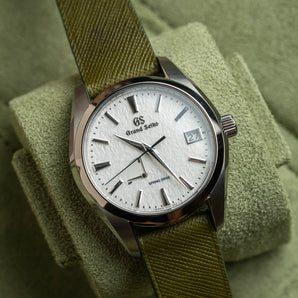
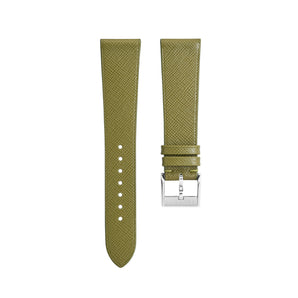
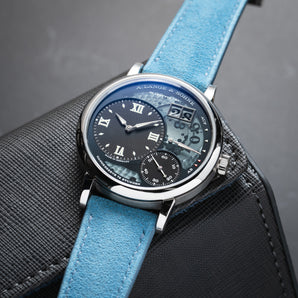
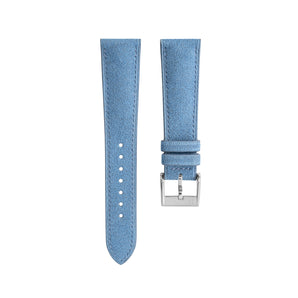
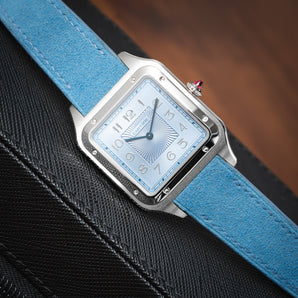

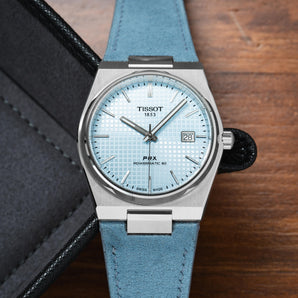
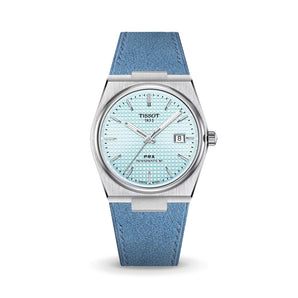
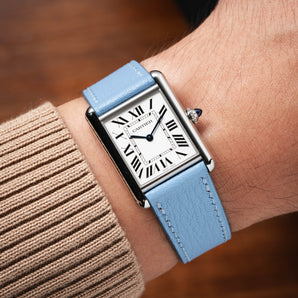
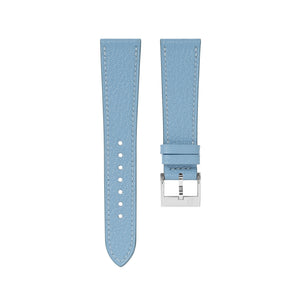
 Buy One, Get One 15% Off
Buy One, Get One 15% Off
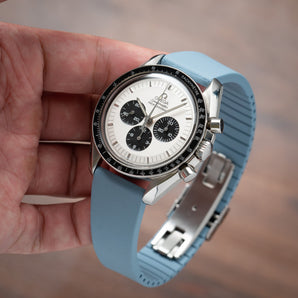

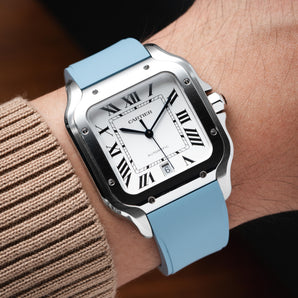
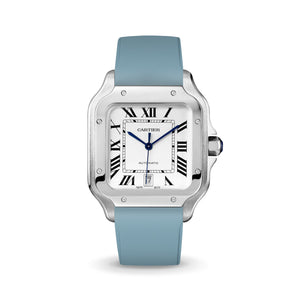
![Baby Blue CTS Rubber Strap for IWC Ingenieur [Prototype]](http://delugs.com/cdn/shop/files/20251001-DSC02482_1_298x298_crop_center.jpg?v=1759730616)
![Baby Blue CTS Rubber Strap for IWC Ingenieur [Prototype]](http://delugs.com/cdn/shop/files/IWC_Ingenieur_Rubber_CTS_Baby_Blue_298x298_crop_center.jpg?v=1759303635)

